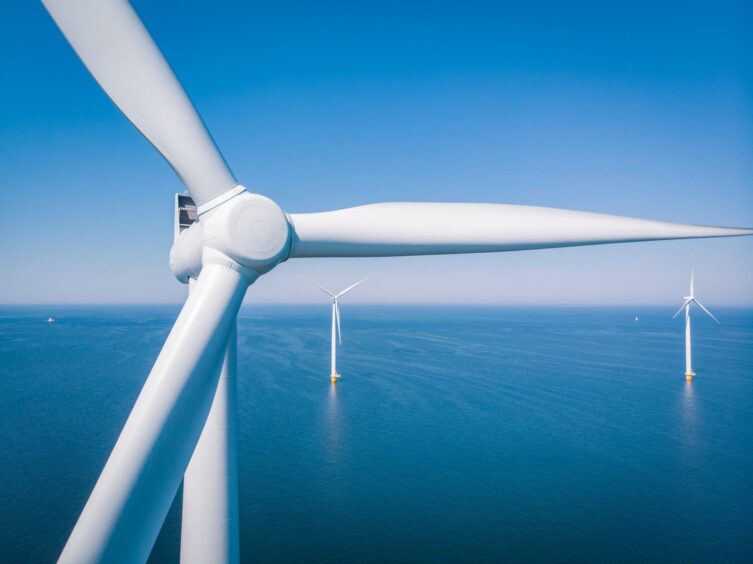
It is claimed that low wind speeds may just be one of a “myriad” of factors that have led to truncated green energy production in Europe in recent months.
Canadian software provider Clir Renewables says that in blaming dwindling resources, operators could be missing wider issues with their developments.
And that could spark a trend of over-attributing low production solely to wind resource, potentially damaging clean electricity output across wind farms.
Orsted and SSE Renewables were among the biggest names to lament the impact of low wind speeds on production levels last year.
It has been pinpointed as one of a number of the main drivers behind the surging gas prices that led to the collapse of many energy suppliers.
But Clir Renewables believes that solely blaming low power generation on wind resources could become a problem in itself.
It could lead to a significant impact on wind portfolio valuations and investor returns, and reduced supplies of clean power to the grid, the company said.
Moreover a focus on turbine availability – over maximised performance – may be preventing asset owners investigating lower power outputs with more rigour.
“In the instance of lower power generation, it’s easy to apportion sole blame to wind resource,” said Andrew Brunskill, director of data science at Clir Renewables.
“But there could be a myriad of other factors affecting project underperformance – ranging from incorrect yaw or pitch settings, or unanticipated environmental factors.
“Whilst our software can identify low wind periods, as we have seen across Europe in 2021, its true value is its ability to delve into the root causes behind wind farm underperformance irrespective of wind levels. We are working with site operators to identify and resolve issues which, in many cases, are attributed to ‘low wind’ rather than wider inefficiencies.
“At Clir, we know that significant marginal gains can be made by immediate reporting and acting on equipment issues, to optimise wind assets. But if we continue to place blame for lower performance solely on wind resource, we’re collectively missing a huge opportunity to increase wind energy contributions to the European power mix, and the underlying value of projects and portfolios.”
Recommended for you

